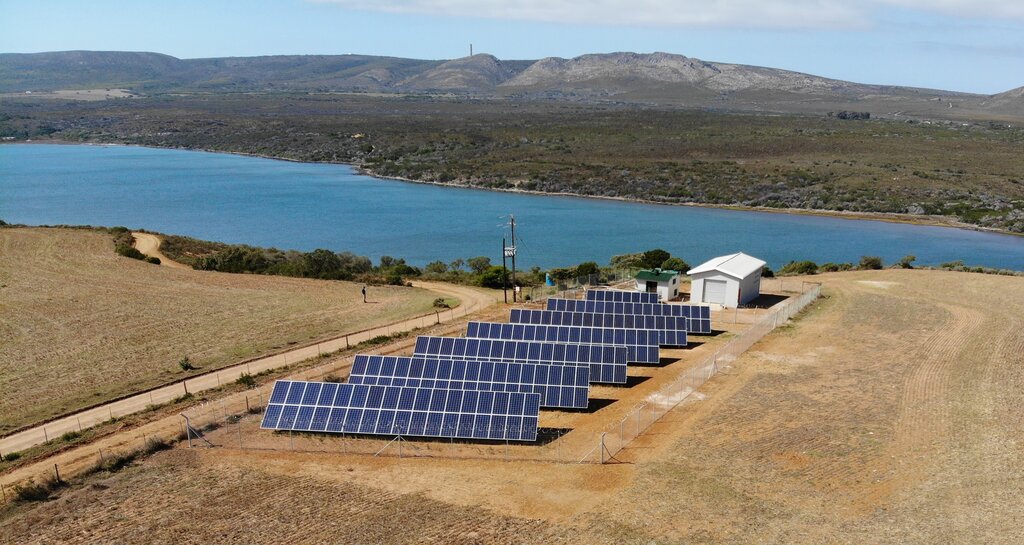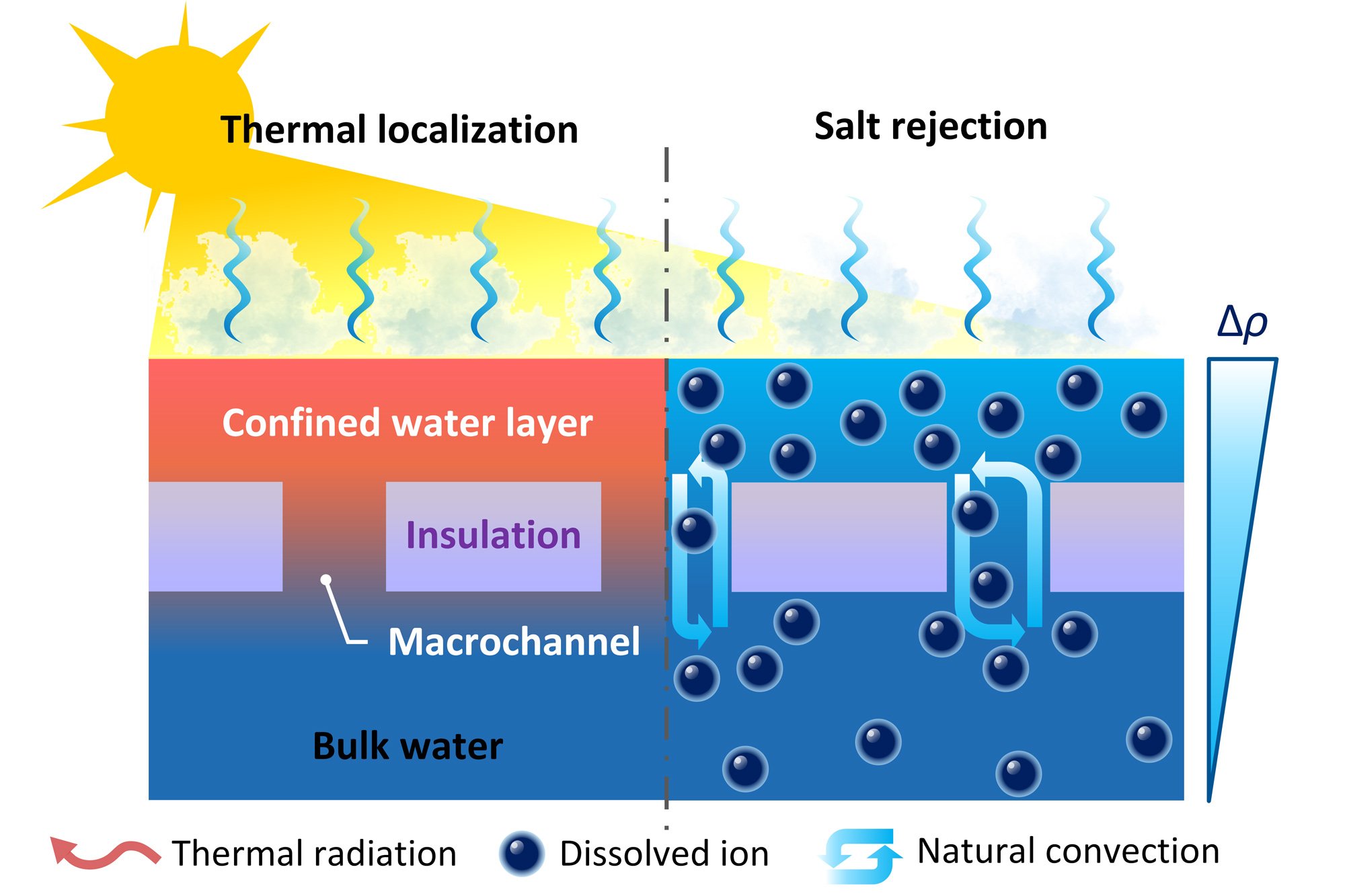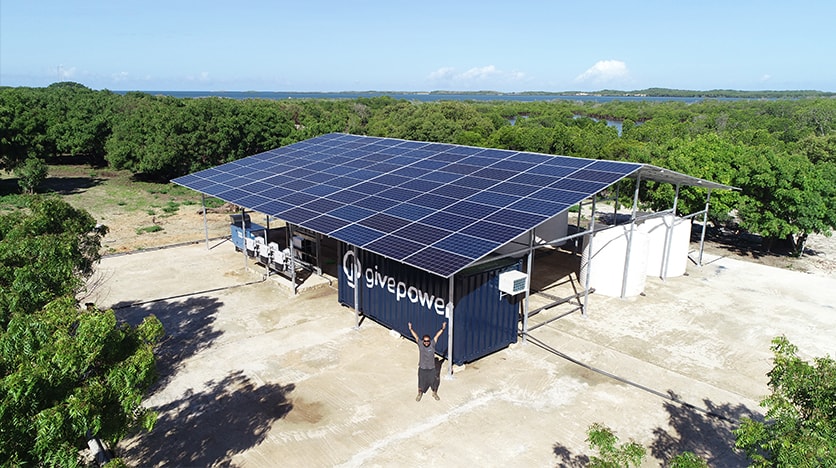Water is an essential resource that is becoming increasingly scarce in all parts of the world.
According to the United Nations, nearly 2.2 billion people lack access to drinking water that is safe, while the demand for fresh water is expected to rise by 55% by 2050.
One potential solution to address this growing water crisis is desalination, the process of removing salt and other minerals from seawater to produce potable water.
And when it comes to powering desalination plants, solar energy is emerging as a clean, cost-effective, and sustainable solution.
Desalination with Solar Energy

Desalination technology has been around for several decades, but it is energy-intensive and costly.
Traditional desalination methods rely on fossil fuels, such as oil and natural gas, to power the plants, which can result in high greenhouse gas emissions and air pollution.
On the other hand, solar energy is a clean and renewable energy source that can be harnessed to power desalination plants.
There are two main ways in which solar energy can be used in desalination:
- Photovoltaic (PV)
- Thermal
PV desalination involves using solar panels to generate electricity, which is then used to power the desalination process.
In thermal desalination, solar energy is used to heat water, which is then converted into steam to power a turbine and generate electricity for the desalination process.
Both methods can be used in combination with other desalination technologies, such as reverse osmosis (RO) or multi-stage flash (MSF) distillation.

Advantages of Solar Energy in Desalination
The use of solar energy in desalination has several advantages over traditional fossil fuel-powered methods.
Abundant in many parts of the world
First, solar energy is a renewable resource that is abundant in many parts of the world. The cost of solar panels has also decreased significantly over the last decade, making it a more cost-effective solution compared to fossil fuels.
Clean and sustainable energy source
Second, solar energy is a clean and sustainable source of energy that produces zero greenhouse gas emissions, which makes it an environmentally friendly alternative to traditional energy sources.
Can be deployed in remote locations
Third, solar-powered desalination plants can be deployed in remote locations where access to electricity is limited, providing potable water to communities that are off the grid.
Job opportunities
Finally, solar-powered desalination plants can be operated using local labor, creating job opportunities and economic growth in the region.
Challenges of Solar Energy in Desalination

Despite its advantages, the use of solar energy in desalination still faces several challenges.
Intermittent nature of solar energy
One of the main challenges is the intermittent nature of solar energy. Solar energy production is dependent on weather conditions, which can affect the reliability and consistency of the energy supply.
This challenge can be mitigated by incorporating energy storage systems, such as batteries, to store excess energy generated during peak solar hours.
High upfront costs
Another such challenge is the high upfront cost of installing solar panels and desalination systems, which can make it challenging for some communities to adopt this technology.
However, the long-term benefits of using solar-powered desalination plants can outweigh the initial costs.
Lack of technical expertise
Lastly, there is a lack of technical expertise in solar-powered desalination, which can limit the adoption and implementation of this technology.
Governments and organizations can help address this challenge by investing in research and development and providing training and education to communities that are interested in adopting solar-powered desalination.
Examples of Solar-Powered Desalination Projects

There are several solar-powered desalination projects that have been implemented around the world, providing clean drinking water to communities that were previously without access.
Here are some examples:
Al Khafji Solar Desalination Plant, Saudi Arabia: The largest solar-powered desalination plant in the world, with a capacity of 60,000 cubic meters of water per day. The plant uses multi-stage flash distillation and is powered by a combination of solar photovoltaic and thermal energy.
Solar Water Desalination Plant, Australia: A pilot project in Western Australia that uses a combination of solar energy and a membrane distillation system to produce fresh water from seawater.
MEDAD Solar Desalination Plant, Tunisia: A 500-cubic-meter-per-day solar-powered desalination plant that uses multi-effect distillation (MED) technology. The plant provides clean water to the village of Ghannouch in southern Tunisia.
WaterFX HydroRevolution, USA: A solar-powered desalination plant in California that uses solar energy to power a thermal desalination process. The plant produces up to 5,000 gallons of freshwater per day and has been successful in providing clean water to agricultural communities in the region.
Solar Water Solutions, South Africa: A company that provides solar-powered desalination systems to rural communities in South Africa. The systems use reverse osmosis technology and can produce up to 10,000 liters of clean drinking water per day.
These examples demonstrate the potential of solar-powered desalination in providing clean drinking water to communities in need, while also reducing greenhouse gas emissions and promoting sustainable development.
Final Thoughts
The use of solar energy in desalination is a promising solution to address the global water crisis.
The benefits of using solar-powered desalination plants include a clean and sustainable energy source, reduced greenhouse gas emissions, and job creation.
Despite facing challenges such as intermittency and high upfront costs, the long-term benefits make it a viable option for communities and governments looking to secure access to fresh water.
With continued investment in research and development, and education and training programs, solar-powered desalination can become an increasingly important tool in the fight against water scarcity.







































































